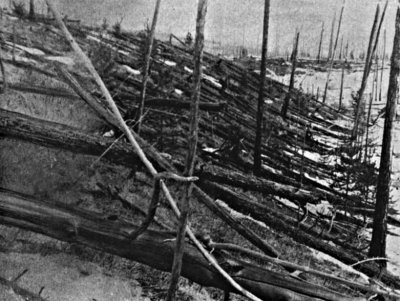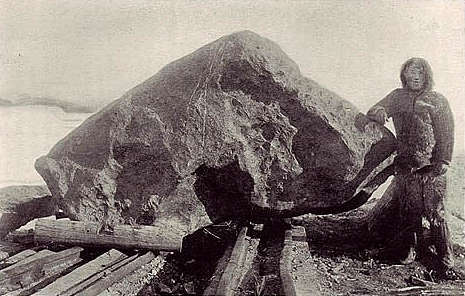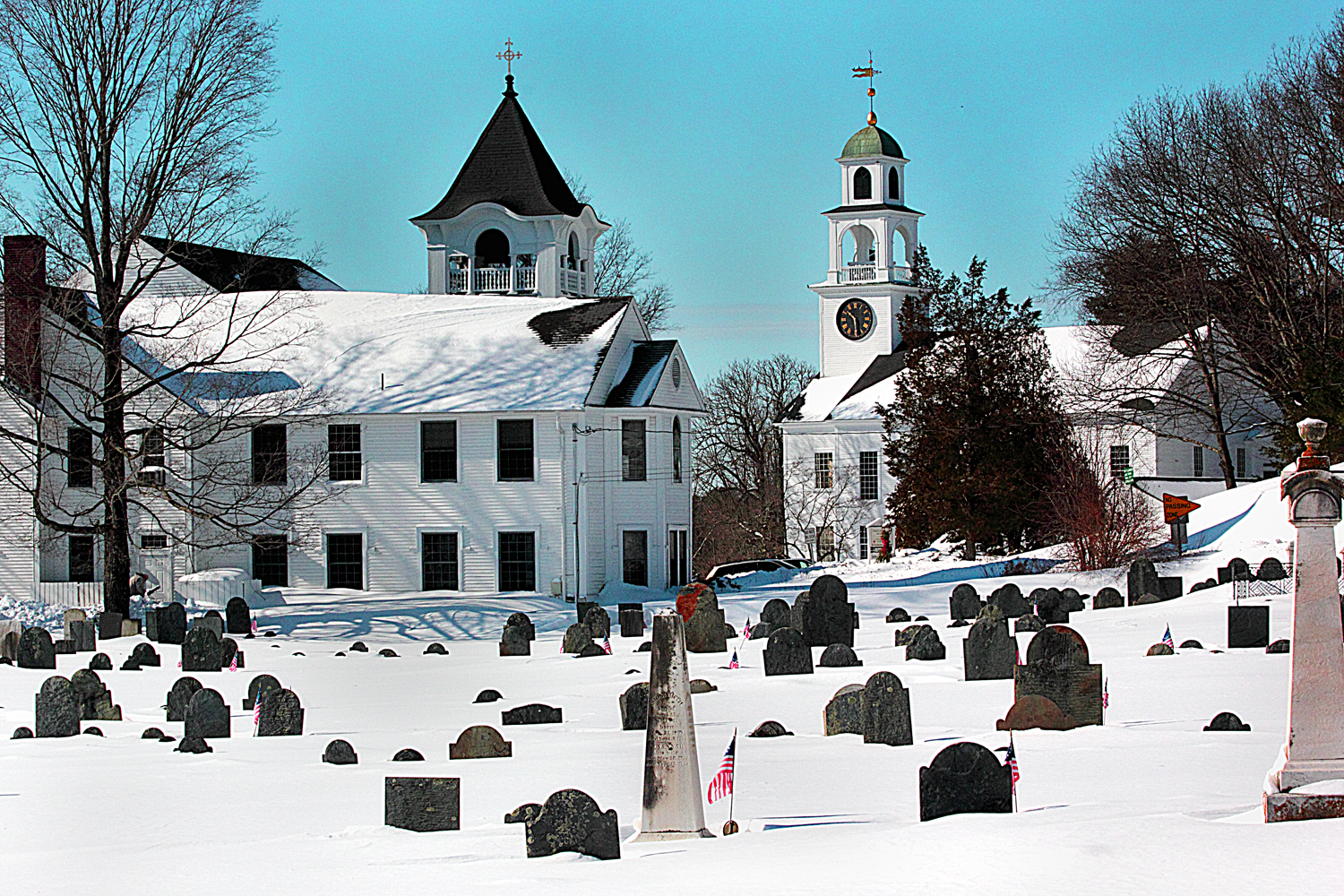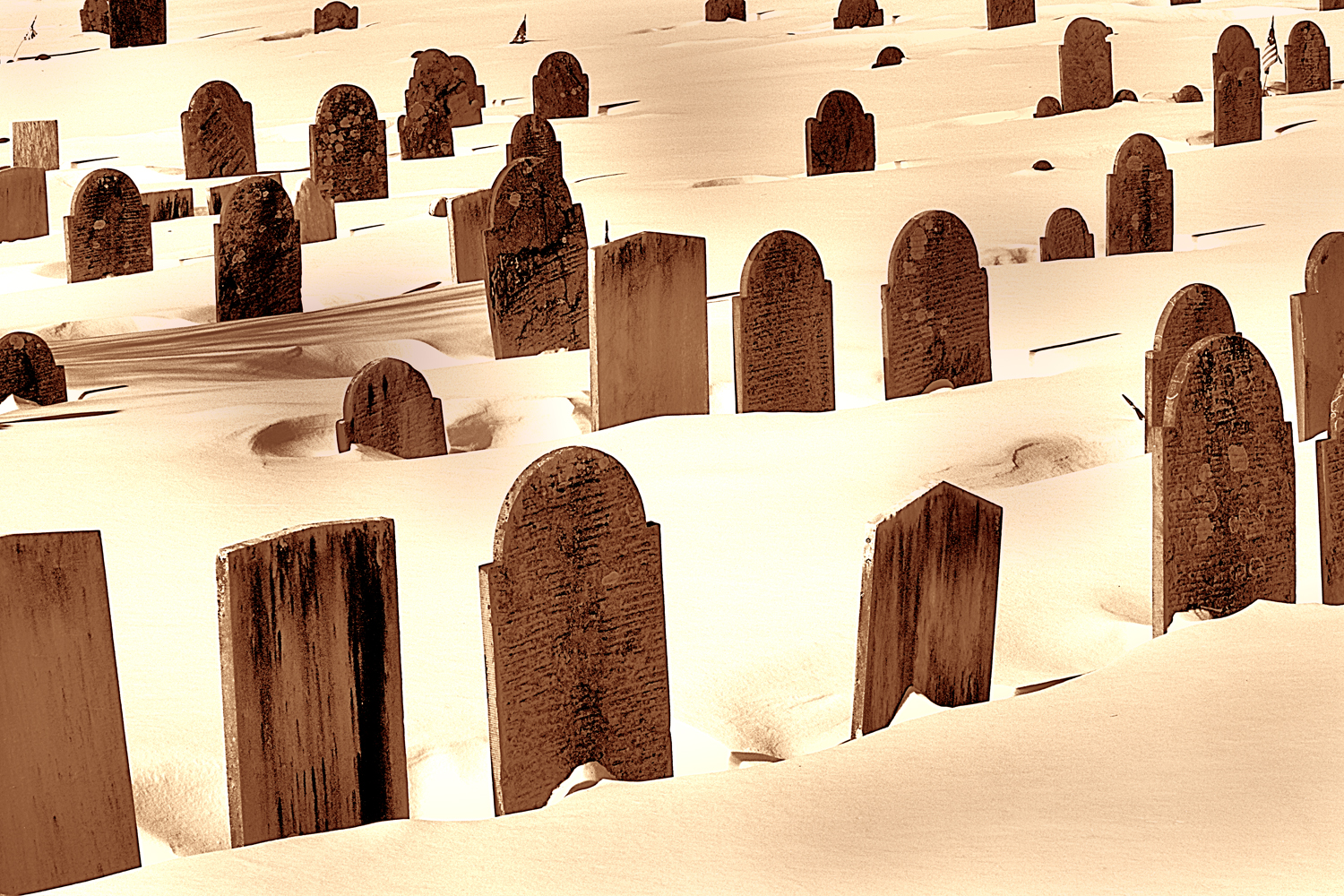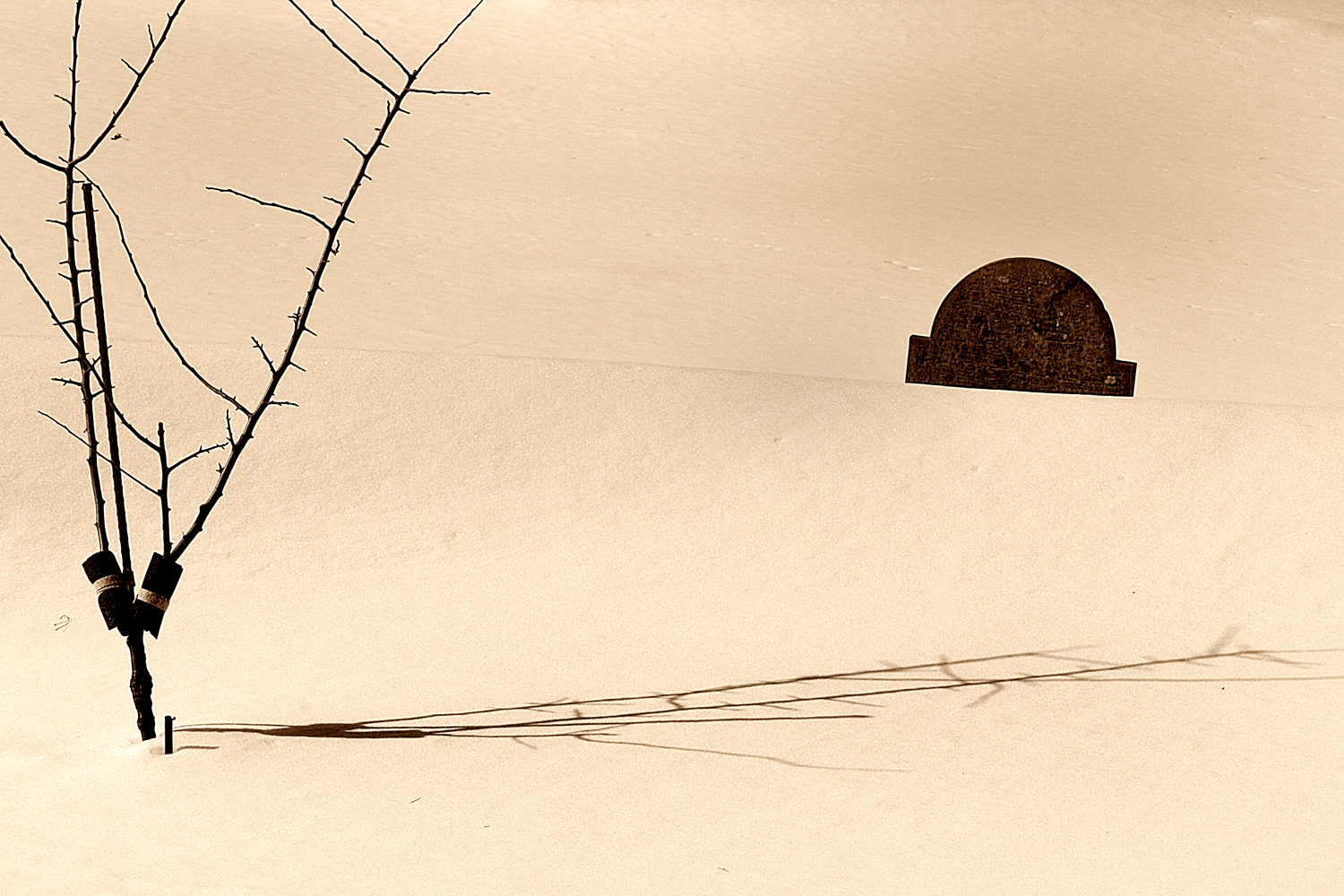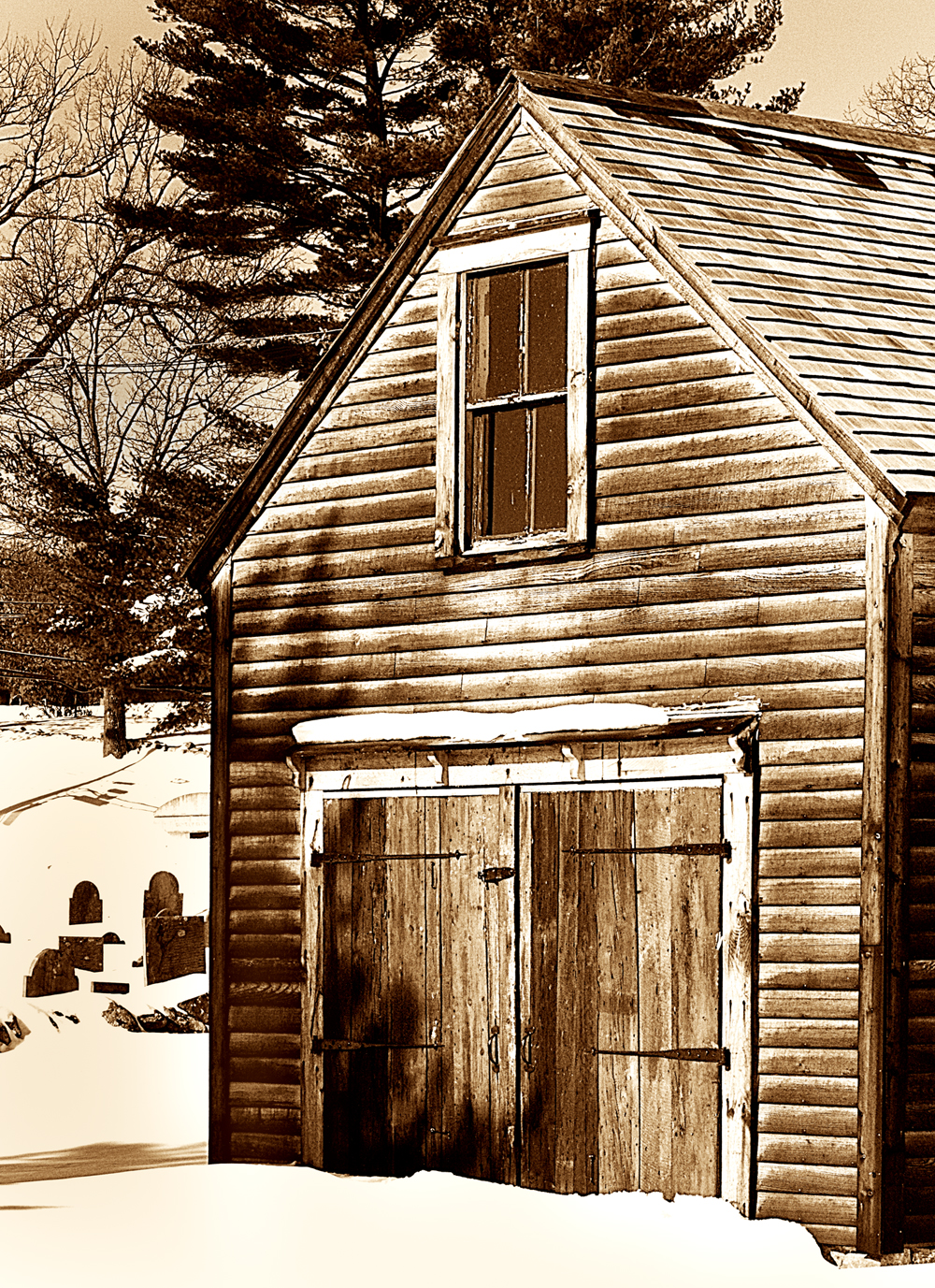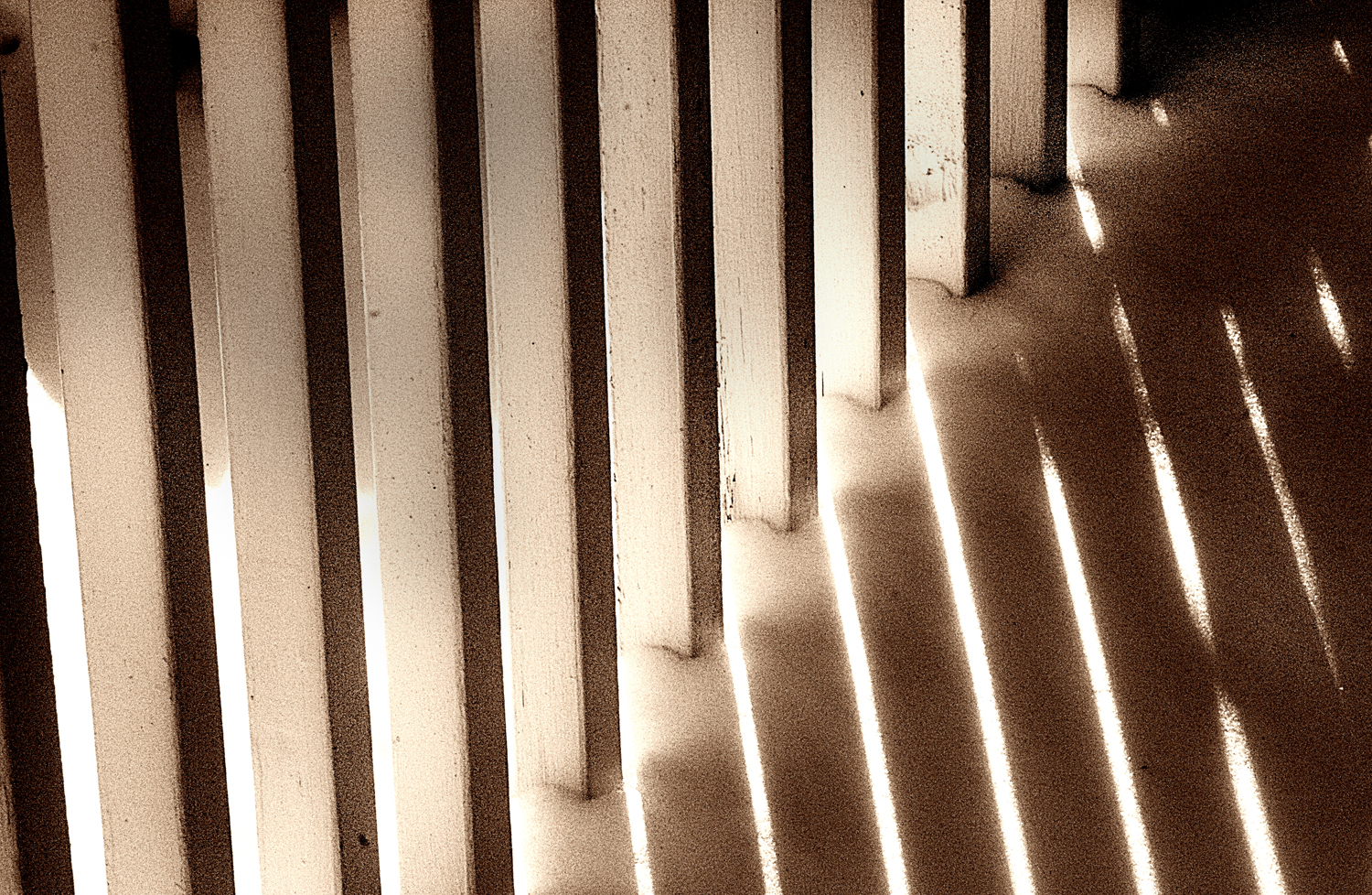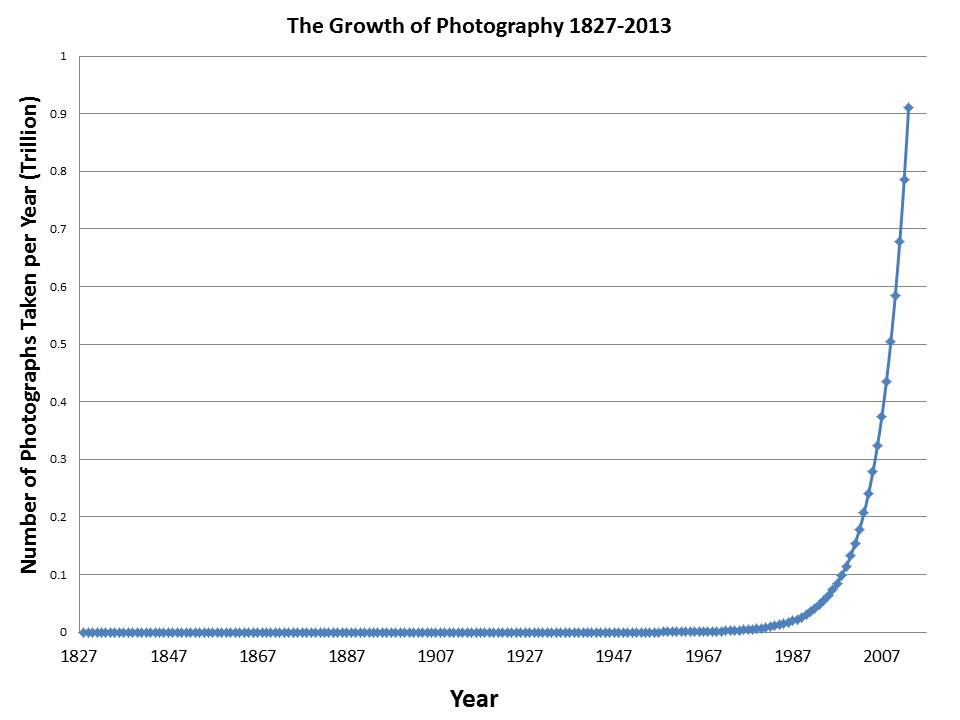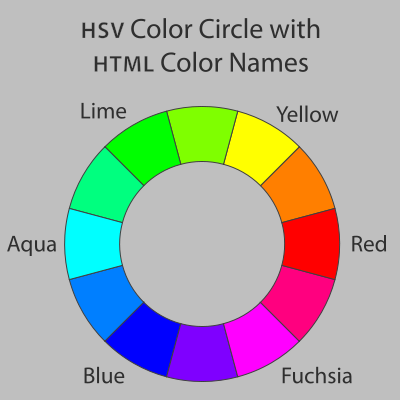Yesterday’s talk about exploitation of native peoples in photography, especially the Chinese raft poler, got me thinking about how this can be done right. Right here means with a true touch of sensitivity towards the intrinsic nobility of the subject. So immediately comes to mind, one of my favorite photographers, Linda Butler.
In 2005 I went to see an exhibit of Ms. Butler’s work at the Peabody and Essex Museum in Salem, Massachusetts. This focused on her work Yangtze Remembered: The River Beneath the Lake. The exhibit, and its companion book, documents village life in the Three Gorges region of China, before it was completely inundated to provide hydroelectric power for modern China. As such it is a tale of two China’s: the old and timeless China and the new modern China.
So consider, and contrast to the picture discussed yesterday, Ms. Butler’s “River Fisherman, Shennong Stream, 2000,” which shows a proud fisherman, with his metculously folded net and the basket in which he stores fish, at the end of a day’s work. Then look at “Carpenter’s House, Beishi 2001,” showing a carpenter sitting in front of the house that he built by hand for himself. He built all the furniture himself as well. The same carpenter is shown two years later in front of the ruins of his house, cleared to make way for the dam. There is a sign on the hill above the house, top right, that reads 175 m, which is the eventual water level of the man-made lake. Six months after Linda Butler took this picture the land was under fifteen feet of water, and the indefatigable carpenter had moved a half mile away and was constructing a new home for his family. Those two photographs taken together define the meaning of human pride and perseverance.
I cannot talk about Linda Butler’s work without showing my personal favorite of her photographs. This is “Pig on a Motorcycle, Niehe, 2001.” A farmer is taking his pig to market and has stopped at a local restaurant. The pig sleeps “happily” on the back of the motorcycle. He is in a stupor because he has been fed fermented mash.
Yangtze Remembered: The River Beneath the Lake is just part of Ms. Butler wonderful opus. She is, perhaps, best known for her work “Inner Light, The Shaker Legacy.” I highly recommend exploring her website and, in particular, her extraordinary photographs of the aftermath of hurricane Katrina, “Meditations on an Altered World, 2005-6,” and “Death of a Farm, Georgetown, KY, 1986.” These series are haunting in their lack of people, but just the same the human presence is so palpable.
I love portfolios like those of Linda Butler. There is so much to be learned from them. There is the technical, of course, but most significantly there is the lesson of how to tell an intensely compelling story through the power of the image,

